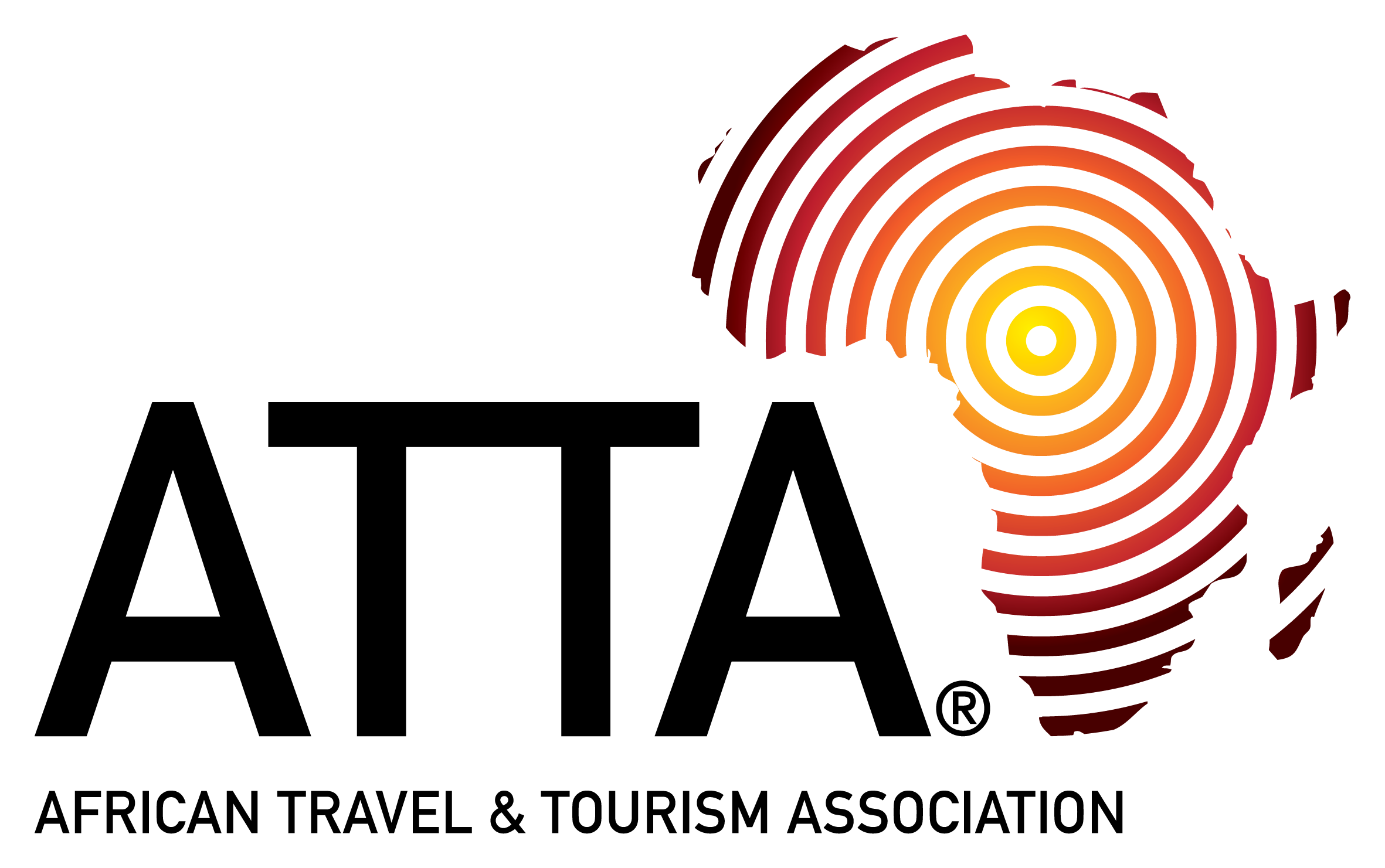Day 1: Drive to Tanzania and trek to Longido Camp
Arrive Nairobi 06:30am. This morning you will either continue by air to Tanzania and then drive up to Longido, or you will depart by bus for the frontier at Nmanga (approx 3 hours), cross into Tanzania and then drive a further half hour to a rendezvous point with the Tanzania support team.
On arrival, you will trek up to one hour to your first camp, located in the foothills of the dramatic Mt. Longido. Here you will have a welcome lunch and briefing.
You will then have an afternoon trek in the surrounding area to help further acclimatise you to the African bush, allow you to test your equipment, and also to give you a real insight into typical African acacia bush country. Up to 10kms trekking today. In the evening be sure to look out for the incredible star canopy.
Day 2: Trek to Longido Viewpoint, drive & walk to Kitumbeine Camp
Begin today with an early breakfast (0600hrs), and then a tough trek up into the foothills of Longido. We trek up to the view point (5487ft). If the weather is clear, you will have great views to Meru, Africa’s 4th highest mountain, south-east to Kilimanjaro, Africa’s highest mountain, and west across the floor of the Rift Valley stretching to the Crater Highlands on the very distant horizon.
This will be your first African mountain on this expedition and learning walking security will be very important. The forested slopes of Longido are rarely visited and they are home to many wild animals including buffalo. It is very important to remain close to the local guides who know this mountain well.
Descend to meet the vehicles. Your transfer vehicles will take you across the Arusha-Nairobi main road and onto a rough track. You will drive further into the bush for 1 hour heading west to a picnic lunch point in the shade. After lunch drive a short distance and then leave the vehicles and proceed to walk to Kitumbeine Village and Kitumbeine Rocky Camp, two kilometres outside the village. Alt. of camp 4070ft. Walking distance ranges from 10kms to 20kms today, depending on the strength and wishes of the group.
Your climb, drive and trek today will give you a real understanding of how hardy the Maasai, who walk these distances regularly, really are.
Day 3: Kitumbeine Mountain and Villages, transfer to Ngarirat Camp
This morning you will trek part way up Kitumbeine Mountain to a viewpoint on a ridge at 6300ft. The trail is dusty and rocky to start, but soon leads onto a goat trail.
Temperatures should reduce as you pass midday and gain altitude. Later you trek back down and meet the vehicles for a short drive to the Ngarirat swamp, a largely dry ancient swamp bed, where wild animals come to graze.
Later this afternoon enjoy a Game viewing trek across Ngarirat before heading to Ngarirat Camp for overnight. The views from the camp across the Rift Valley floor to the Maasai Mountain of Ol Doinyo Lengai are simply breathtaking. Up to 16kms walking today.
Day 4: Across Dustpans of Nagarirat to Gelai Camp
Today you will trek to Gelai Village and our camp nearby. You can expect to see more wild game today. In particular look out for zebra, gerenuk, and giraffe.
The birdlife is rich along the entire route; you will be fascinated by the nests of the weaver birds. The superb starlings, the “Go Away” bird, hoopoes and numerous raptors are also seen in the area.
Expect to be captivated by the sheer beauty of this region, which is known as “The Cradle of Mankind”. Tonight you will camp at Gelai Village Camp site.
NB. While at Gelai, the group may choose to visit the local school and the women’s vocational centre, projects that we support through the charity Community Projects Africa. Students will have the chance to interact with the local school children, and perhaps even take part in a football match!
Day 5: Trek & Drive to Sunken Crater Camp
Today you will begin to pack up camp very early and trek west across untamed bush towards the Sunken Crater.
You will cross a beautiful plain marked by dead volcanic vents, your journey bringing you ever closer to the escarpment of the Rift Valley, which rises from the bush up to the Ngorongoro Crater Highlands. Today is likely to be hotter than previous days, so wear lots of sun block, reflective clothing and wide-brimmed hats. We hope to reach the impressive Sunken Crater for a late lunch, and will be camping overnight near the crater. Time allowing, you can explore some of the interesting features of the area including the volcanic cones; and even descend into the Sunken Crater. In the evening temperatures drop.
Day 6: To Engaruka - approx 15-30kms (dependent on group strength)
This morning you will have an early breakfast, then start trekking under the lea of the Rift Escarpment towards Engaruka. You will cross the Ol Kerii Plain, passing by small settlements along the way, until you reach the final trek point.
Here will be a vehicle transfer to Engaruka village and the campsite, situated very near to the ruins of the ancient Engaruka settlement. Reckoned to be about 500 years old, the evolved Engaruka civilisation, which had stone built houses and an irrigation system, was probably wiped out by nomadic tribes moving into the area. It is worth walking with a local guide just beyond the boundaries of the camping place up into the rock outcrops above the camp, where are found the ruins of the ancient settlement.
Day 7: To Ngorongoro Crater and then to Laibone
After a very early breakfast, you will drive (2 to 3 hours) to Ngorongoro Crater, where you will enjoy a game drive.
The views at the rim of Ngorongoro Crater are sensational. On the crater floor, grassland blends into swamp, lakes, rivers, woodland and mountains – all a haven for a host of wildlife, including the densest predator population in Africa. The crater is home to up to 25,000 large mammals, mainly grazers - gazelle, buffalo, eland, hartebeest and warthog. There are a small number of black rhinos here too and large herds of elephant.
After approximately 4 hours in the Crater (with picnic lunch) you will head back for your last night in the bush at a special camp near Laibone, where a celebration dinner with Maasai festivities will be prepared.
We have selected a truly special location for your last night in the bush in Tanzania. From your camping place there are views down to Lake Manyara, one of the most famous and beautiful of the Rift Valley Lakes. Sat around the campfire at leisure this evening, you’ll be able to look back on what you’ve achieved during the past week.
Day 8: Trek to viewpoint, lunch, and drive to airport for flight home.
After breakfast, there will be time to take a short trek to a magnificent viewpoint. From this viewpoint high above the camp you can look back across the area you have trekked over the previous week and down to Lake Manyara.
Then descend in time for lunch in camp, before driving to the airport for your overnight flight home.
Gane & Marshall
Unforgettable journeys,
tailor-made for you.
Maasai Lands
This remote bush trek takes place in the Great African Rift Valley, northern Tanzania. The region is home to several Maasai communities. The Maasai will travel with you as your guides during this unique expedition.
Outline Itinerary
Private Expeditions
Please contact the office for more information



